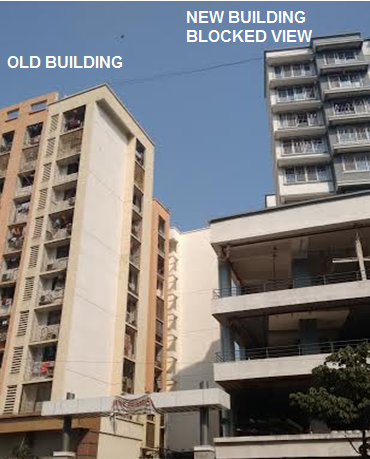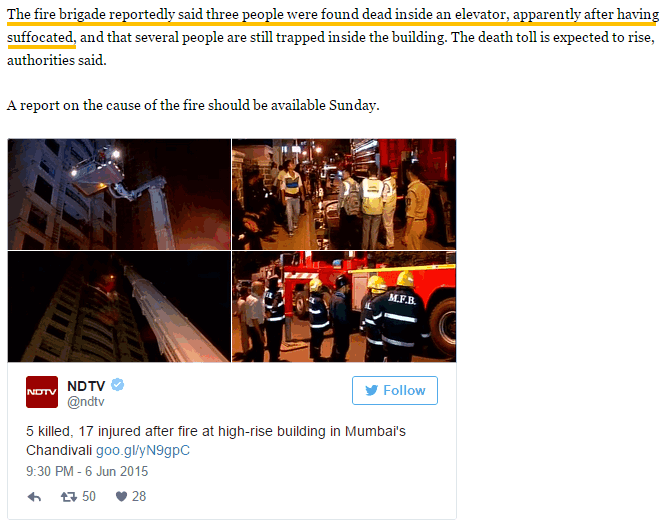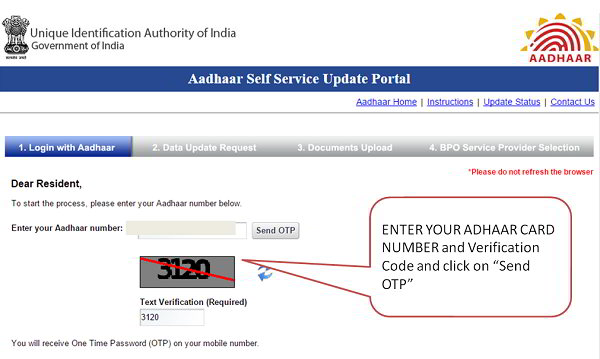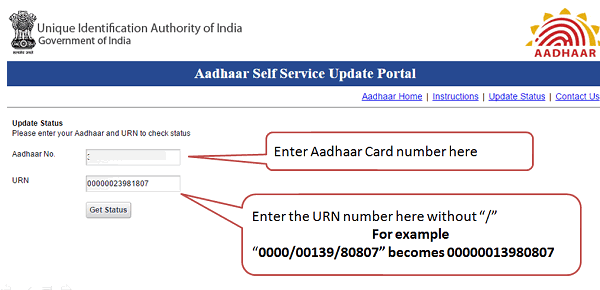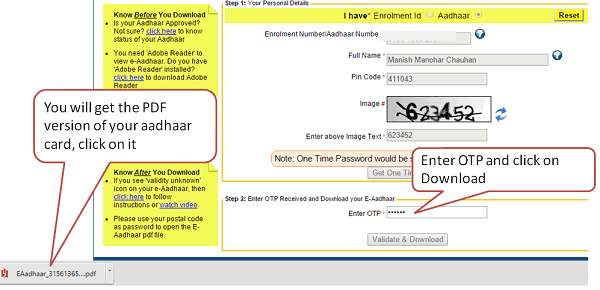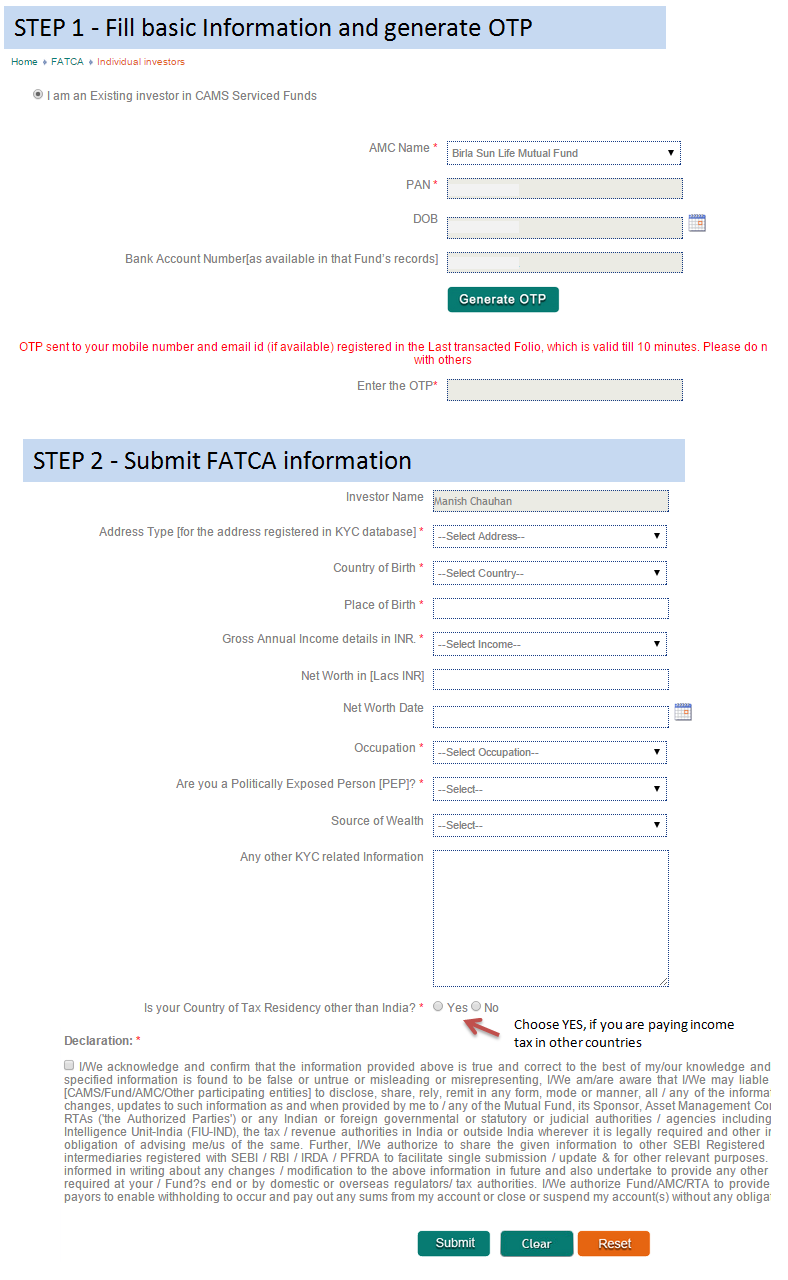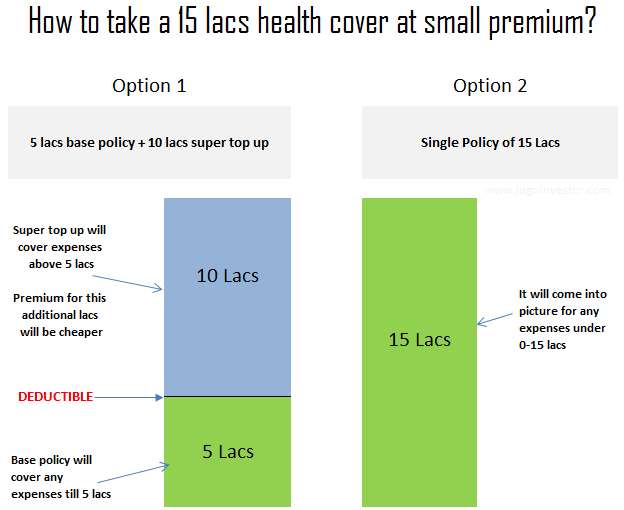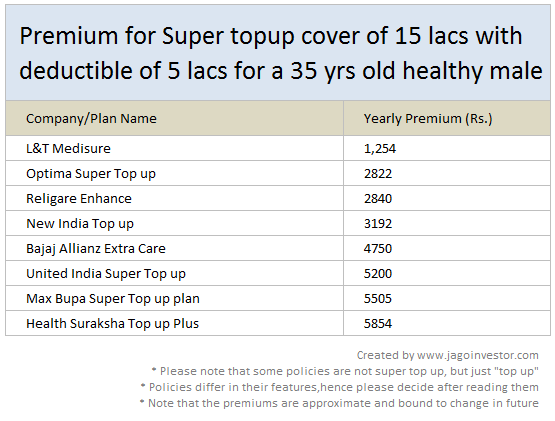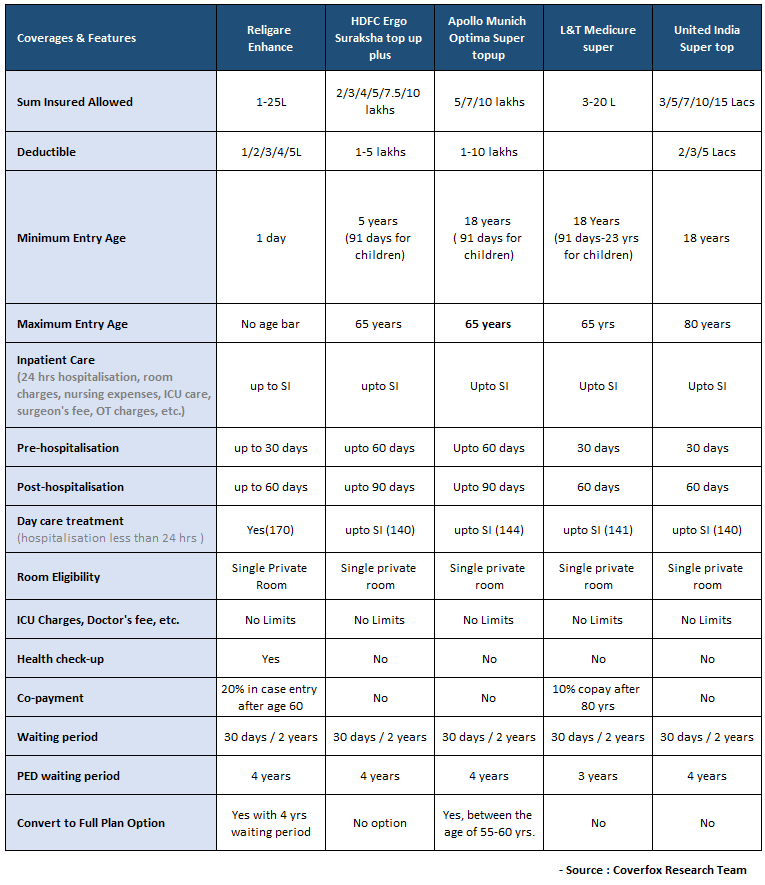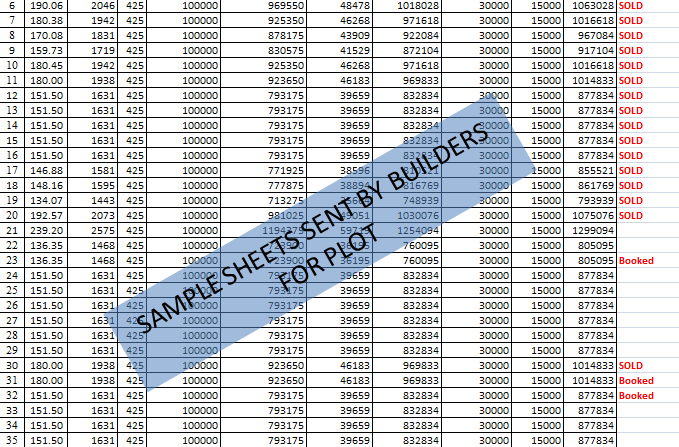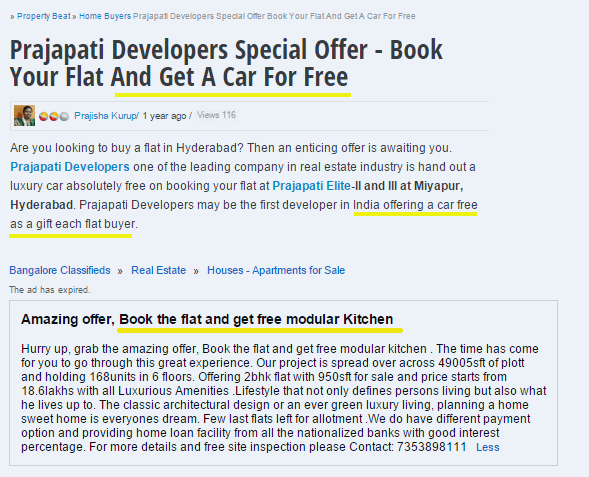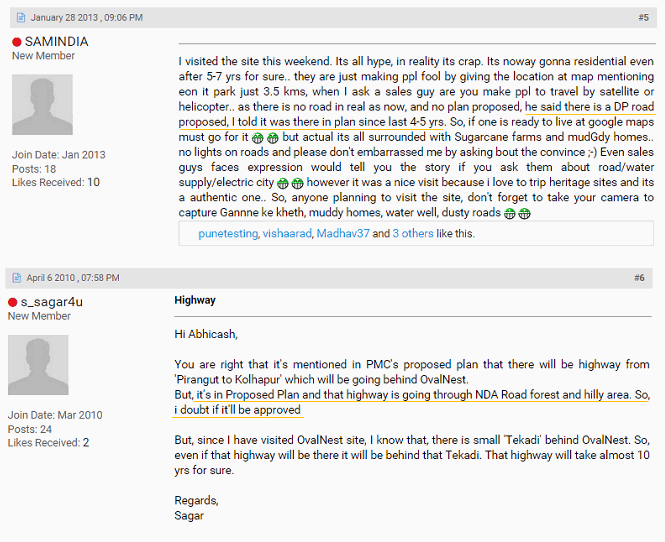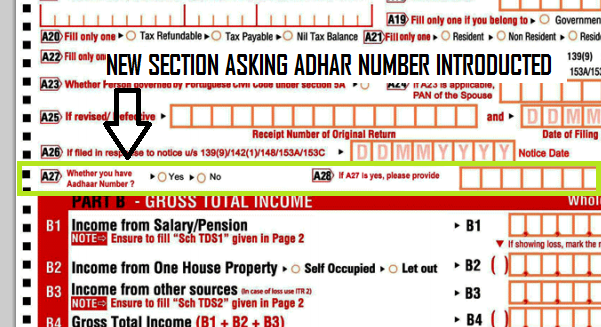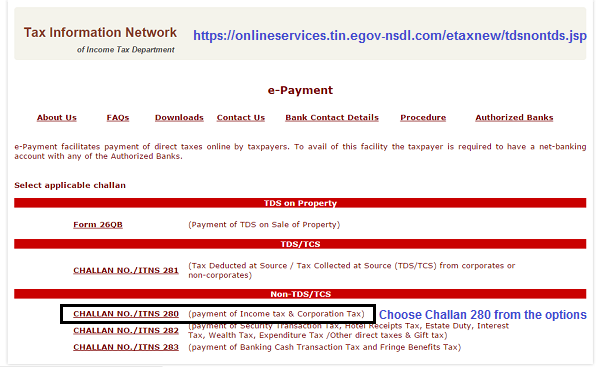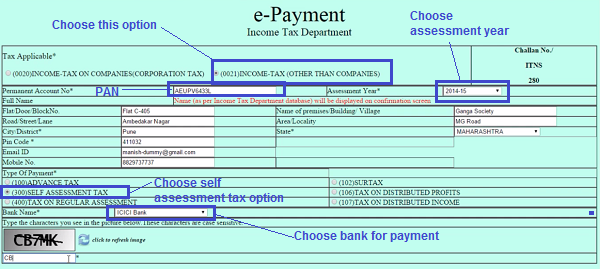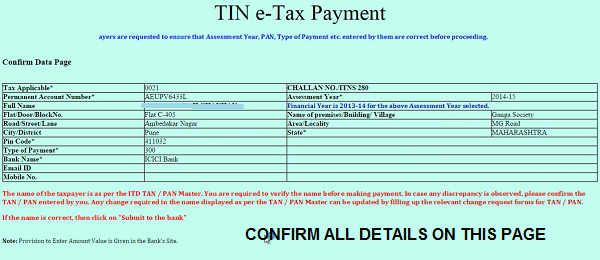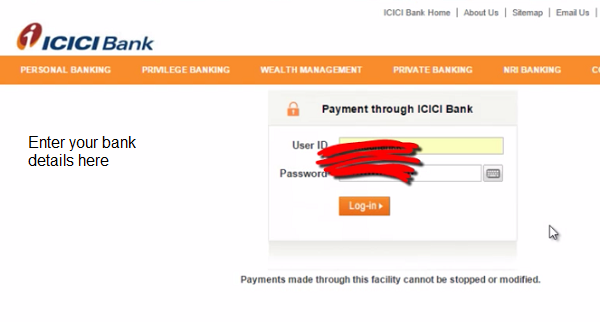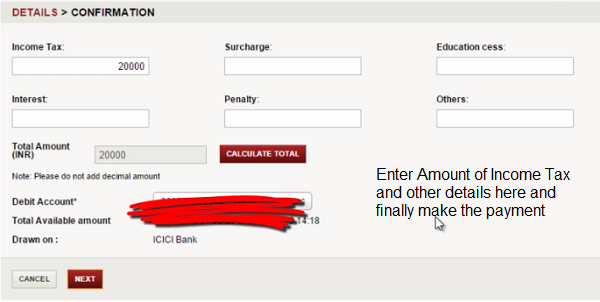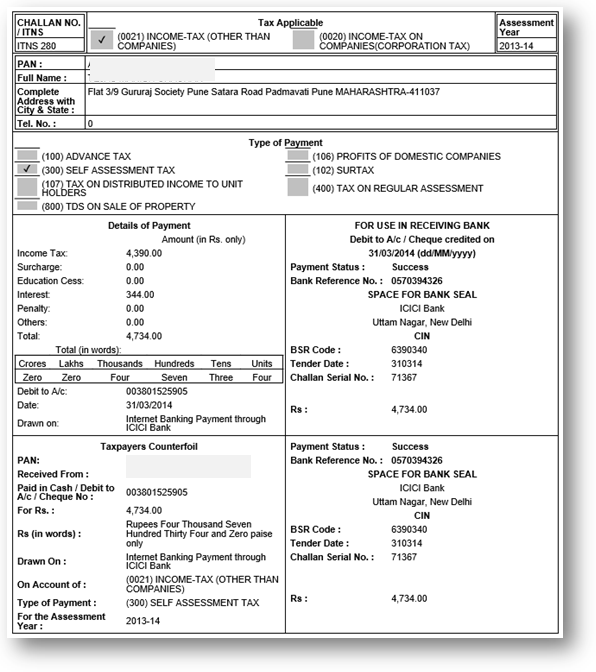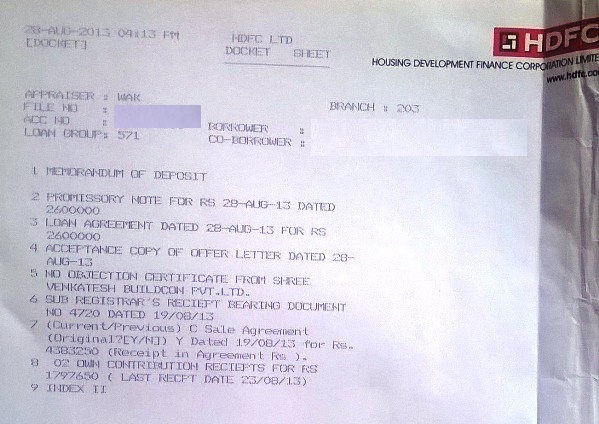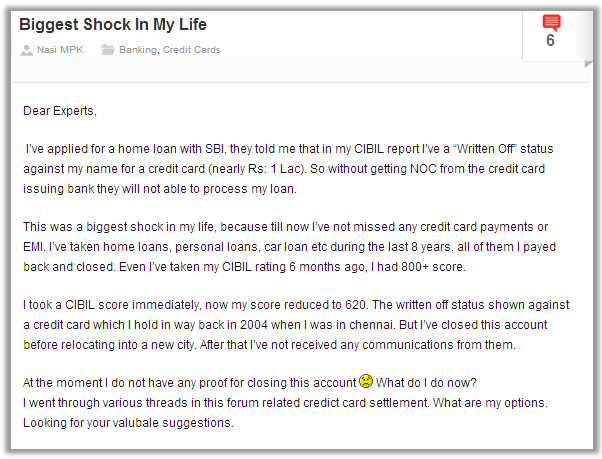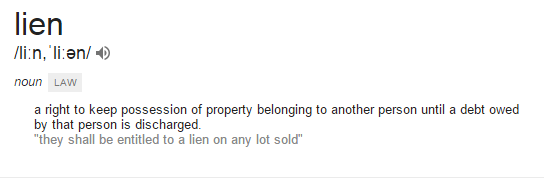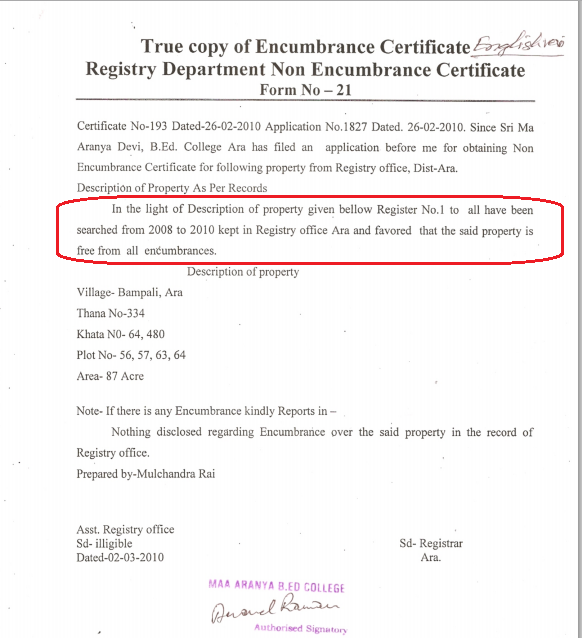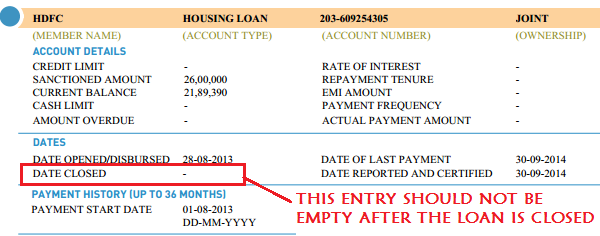Are you looking for buying a plot or a piece of land? If not today, maybe you have this dream of owning a plot sometime in the future.
Buying land or plot has in a way to become a premium thing these days especially in big cities because the land is scarce commodity and the pride is associated with having your own plot where you can build the house as per your wish.
In this article I will tell you 10 important things that you should know before purchasing any property in India.
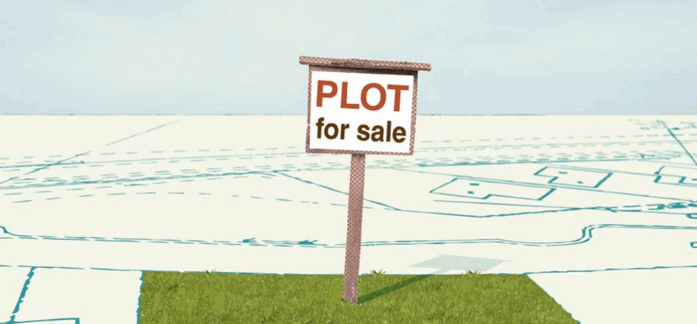
If you happen to visit any real estate exhibition, you will come across many plots projects along with the residential apartment schemes. These plots are generally within 20-100 km of the city radius and often marketed as a second home or vacation home.
On top of it, the pricing is attractive (often within 5-20 lacs) and there is also the facility of installments which makes it too easy to own a plot. The deal is often paying a token amount and pay the rest amount in parts (EMI).
However, a common man is often not aware of the risks associated with buying land and the complexities involved in it. Buying a land is a very different kind of ballgame altogether compared to buying a flat (which is much safer), and today I am attempting to make things easy for you to understand.
My Personal Experience
I have personally visited a few plot schemes myself over the last few years (near Pune). I have interacted with the salespeople and have some experience in this area. Hence, I will try to share what I know with you. If you can also add to my points, I would love to incorporate it into the article.
This article will mainly help a newbie with the simple checklists which they should look at before buying a plot or when they go to visit a scheme or if they are interacting with the salesperson (here is a checklist for buying apartments).
Note that this article is mainly keeping in mind plot schemes or gated communities, but most of the things will also apply for a standalone piece of land.
1. Is the land on the name of the builder?
The first question you should ask the salesperson is that if the builder has legal rights to sell the land or not. Find out who is the current owner of the land? Is it a builder himself or not?
A lot of builders either buy the entire land from the previous owner or enter into a joint agreement with the owners to sell or develop the land and sell the plot scheme. No matter what, make sure that this part is clear. Ask for the documents which clearly show the builder has legal rights on the plot himself.
Here is a story on how small builders do frauds
2. Has the developer taken a loan from Bank for the project?
Builders often take a bank loan for the Plot schemes and even residential schemes. It’s a sign that the builder is more serious about the project and it’s also a positive sign, because if there is the money with builder which will be specifically used for the project development.
The builder is not dependent fully on the advance money the home buyers. It shows that there is a cash flow dedicated to the project and the issue of cash crunch will be minimized.
It’s not always the case the scheme has a bank loan, but still enquire about it. If bank loan is there, it’s proof that the bank has done thorough verification from their side on the legalities and only then granted a big amount (often in crores)
3. Where is the NA order?
By default, all the land in India is ” AGRICULTURE LAND”, unless it’s defined for some other purpose by the govt. So a piece of land is either agricultural or non-agricultural (commonly called as NA in real estate industry)
Agricultural land can be used for Agri purpose, whereas if you want to do any other thing other than agriculture then one has to first convert that Agri land to non-agricultural (NA)
However just because a land has got NA status, does not mean that one can start using it for residential purpose, because there are various types of NA like
- NA – Commercial
- NA – Warehouses
- NA – Resort
- NA – IT
- NA – Residential (this is the one where one can build a residential house)
So if a plot of land is type NA – Resort, that means that that one can build a resort there, but can’t make a residential scheme. If a plot is NA – warehouse, then one can build a warehouse there for commercial purposes, but can’t make residential schemes and sell to the common man.
So you need to look for “NA – Residential” Plot
So, the point is that you need to ask the builder/salesperson, if the plot of land you are planning to buy is “NA-Residential” or not? Ask them for a copy of that. A lot of other kinds of NA plots are sold as “NA plot, collector approved” which is a misleading thing.
I am attaching a sample NA order below (from Maharashtra) for you too just get a feel of how it looks like
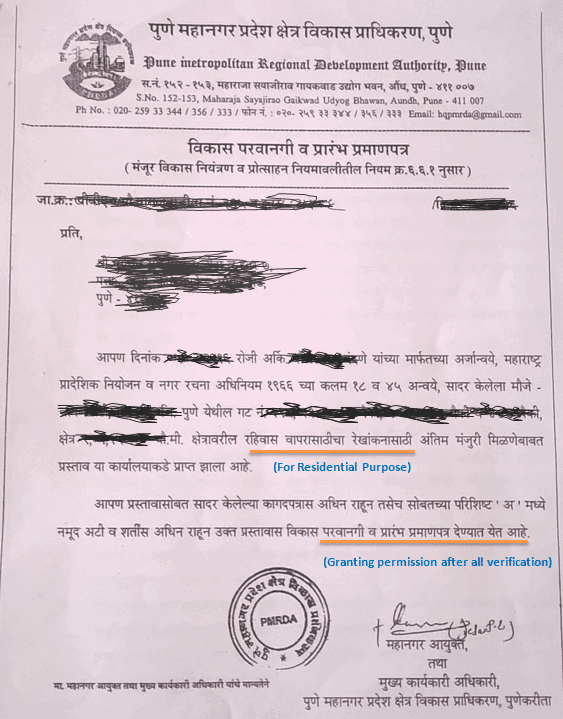
Another thing you have to be very cautious is “Proposed NA” schemes. A lot of builders try to sell a non-NA land telling you that its a proposed NA land, means he has initiated the process of converting a land into NA scheme, and the papers are already in process and “very soon”, the land will become NA-residential and how you will then reap the benefits of the high prices.
While there are chances that the conversion happens, but in most of the cases, its a gimmick to sell a cheap land at high prices and often buyers are stuck in the project, because the land is nothing more than a piece of crap later.
Don’t fall for it, because converting an Agricultural land to NA-residential is a very lengthy process in which a lot of approvals needs to be taken for it. There are cases where it’s been 10-15 yrs and it’s “still in process”
I suggest you read the following experience to understand more about this point.
So, ask the salesperson to show you the NA order papers. Have a look at it yourself and do not fall for the promises like its coming in 2 months or next week or anything like that. Don’t get stuck into those kinds of deals.
Understand one thing very clearly, NA plots with clear title are limited and scarce, & often you will have to pay good price for it, If the land price is dirt cheap and it’s promised as NA-residential, there is a good chance that it’s fake or very very far away from the city limits.
4. What is the FSI for the plot?
Suppose you bought a plot of size 2000 sqft for building the house on it.
How much construction can you do?
Here comes the concept of the FSI or Floor space index. FSI simply means how much construction can be done on a piece of land and it depends on the location of the plot.
FSI of 100% means if you have a plot of size 2000 sqft, you can build a house of 2000 sqft on that. If the FSI is 75 %, then you can only build 1500 sqft of house on that 2000 sqft land.
The project I recently came across:
I recently came across a project called Royal Purandar near Pune when I went to visit a plot exhibition. The lady at the counter told me that the plot sizes start from 5000 sqft and go up to 40,000 sqft (which is very big). I was shocked to hear about so big plot sizes because 5,000 and 10,000 sqft plots are quite big.
However, when I asked her what is the FSI of the plot, she told me it was just 15%. So with FSI of 15 %, if you buy a plot of 5000 sqft size, you can just build 750 sqft of house, which is generally a small bungalow.
There is nothing wrong with that, but you should be at least aware of it.
Why FSI is very very important?
So understand that FSI has a very important role to play when you will construct something or even when you will sell the plot to someone else. Imagine 2 plots which are of the same size (2000 sqft), but with different FSI like 50% and 100%
- Plot A (50% FSI) – You can make just 1000 sqft home on that, which will be like a 2 BHK)
- Plot B (100% FSI) – You can make a 2000 sqft home, which will be like a 4-5 bedroom Bungalow.
But then it might happen that Plot A is selling at 10 lacs and Plot B is selling at 15 lacs, and you might say – “Plot A is cheaper because its less priced and the size is same (2000 sqft)
One important thing you should know is that FSI for agricultural land is very small generally. In Maharashtra, it’s just 4 %, which means even if you buy a 10,000 sqft Agri plot, you can only do the construction of 400 sqft on that land.
You should definitely ask the builder/salesperson to share the document which mentions the FSI on it. Judge the price of land only after learning about FSI, not just the area.
5. What are the other projects done by the builder?
You should ask the salesperson about the other projects done by the builder. Check if they have done other similar projects in the past? What was the response to it? What is the quality of those projects? Were there any legal issues with those schemes? Are the buyers happy with the builder work there?
You can often get some clue about all this on the internet or the online forums. Just go to the website of the builder and find out what are the other schemes he has done. Search with the other project names and see what others are talking about?
If you get a chance, I suggest paying a visit to past projects once. Spending half a day in this will only help you further to take the decision.
6. When will the Sale Deed happen?
You will often hear about the “agreement to sell” which is executed when you book the flat/plot and clear your initial payments (around 35-40%). This is the time when you pay stamp duty and registration charges. Once the agreement to sale is completed, a lot of buyers think that the flat/plot is registered on their name and now they are legally safe.
However, this is a myth and the “agreement to sell” does not make you a valid buyer. The agreement to the sale (often called ATS) is just the AGREEMENT TO SALE, which means it’s an agreement between buyer and seller on the initial points and terms under which the sale will happen in the future.
It mentions the terms and conditions of the deal, how much initial payments are you making along with cheque number and also the future dates, by when you will clear the payments, etc.
What is the “Sale Deed” document?
“Sale Deed” is the document that needs to be registered in the office of sub-registrar in order to make the sale happen. Unless the sale deed is done, you do not become a legal owner.
Hence, ask the builder or salesperson about the sale deed? When is it going to happen? The sale deed is generally done, only when the builder gets all the dues from your end.
7. Will I get an individual 7/12 extract in my name?
Let me first help you understand what is “7/12 extract”? It’s a term which you will often hear in states like Maharashtra and Gujarat. In Karnataka its called 7/12 Uttara. It’s the document maintained by the revenue department which mentions how the land moved from one owner to another owner in the last 30 yrs.
So in a way, its a history of the land and you will find exactly on which date who sold to whom. This way you will find out who is the current owner of the land also.
For example:
If person A sells the land to person B, then it’s important that the name is 7/12 extract is changed from A-> B. Unless B name is not registered in the 7/12 extract, B will not be a valid landowner.
So it’s important to ask the seller about the 7/12 extract. There are many complications around this, like if you buy an agricultural plot from the seller in the name of “NA plot”, then your name will not be there in the 7/12 extract, because there are restrictions on who can buy the Agri land and even the minimum size restriction is there.
Also at times, the builder will tell you that the name of the builder will be there in the 7/12 extract, and not yours. Or the society name will be there in the 7/12 extract and not yours.
Also at times, what happens is that a big piece of plot is broken down into small land areas and sold to many people and a joint 7/12 is made, where all the buyer’s name is there in 7/12 extract (see the conversation below), which makes things very complex in future.
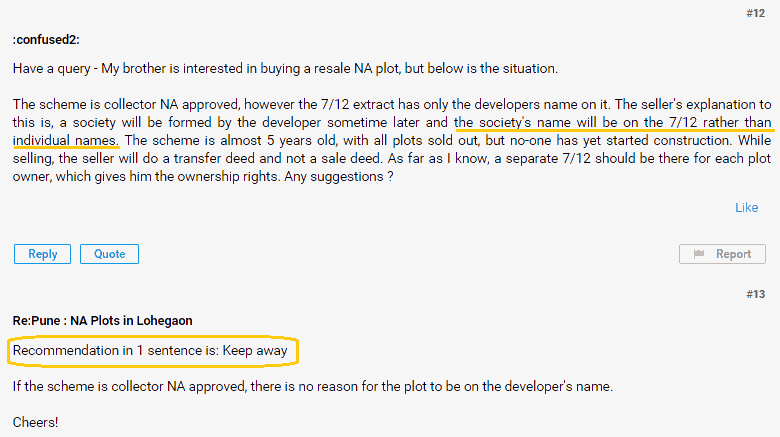
So make sure you enquire on this aspect properly, and if an individual 7/12 extract will be done or not.
8. What will be the per annum maintenance after buying the plot?
Once you buy the plot, there is annual maintenance that needs to be paid which goes towards maintaining the basic amenities like security, upkeep of the project, gardens, water, security etc. It should not be a surprise for you later. This maintenance is generally paid on a yearly basis and it’s proportional to the plot size. For example, if it’s Rs 4 per sqft and your plot size is 2000 sqft, then your maintenance per year would be Rs 8000.
9. Is the plot on flat land or on a slope?
Don’t assume that your plot is always going to be a piece of flat land. If it’s a big project, it might happen that the overall land which builder has acquired is uneven or has slopes. So when it’s divided into several small plots, many plots might be on the slope or it might be uneven.
You will ask what are the main issues when we build a house on land with slope or an uneven plot?
Below are some important points regarding the land on the slope from this website
If the plot is on a significant slope, either the land will need to be cut and filled, or you’ll need to build a house that takes that slope into account. It’s worth remembering that while these things might make your house more spectacular, they’re also likely to cost a fair bit more.
Depending on the angle of the slope and what’s built on neighboring properties, a slope can also reduce your exposure to sunlight – which in turn can affect how much light you get in living areas, and your potential to harness the sun both for passive solar heating and for collecting solar power.
Where we live in the southern hemisphere a north-facing slope is ideal for solar access – a steep south-facing slope not so much.
Below is how the project brochure looks like when its shown to you (often when the project has not yet launched or into the exhibitions)
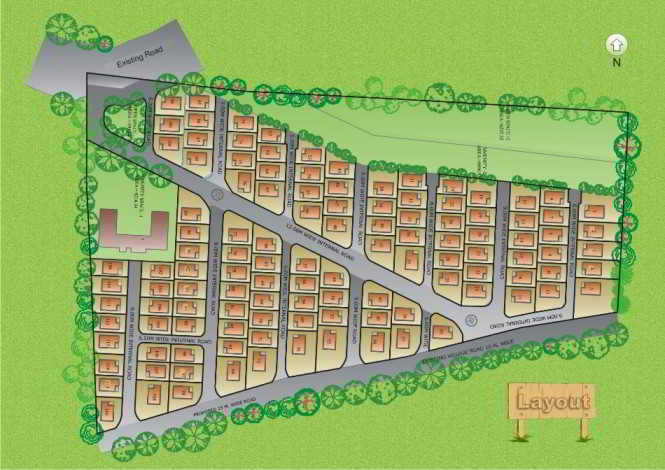
By seeing this kind of image layout, you never get an idea if a particular plot is on slope or not. So it’s always a good idea to ask this question and verify it by visiting the site yourself.
10. What are the arrangements for water and other basic amenities?
Always ask how they are going to provide water and other basic amenities. Is it going to come from the municipality or the gram panchayat? Or they are doing their own arrangement for it?
And also ask some other questions like :
- What about electricity?
- Are they going to arrange for a individual electricity meter?
- How much are they charging for it?
- If the plot/land is too much away from the main road, then what about the access road?
- Who will develop it?
- What about fencing of plots?
- What about security?
- Ask everything in detail and in points.
With this, I think we have completed the main high level 10 things you should ask when you are buying a plot. Below is another video on this topic where some industry-level people are talking about the same issue of buying land and the complexities involved.
I strongly suggest watching the 15 min long video below
Now we will see some important points which you should keep in mind before you buy the plot.
Important tips for someone buying a land
- Do not hurry. Period! – Buying land is an emotional decision and often salespeople use a lot of tactics for selling the plots (just like flats). Don’t believe the seller when they say that just 12 plots are remaining or the prices are increasing next quarter when they do their “Mega – Launch” . It never happens.
- Make many visits to the plot – Don’t book the plot just after one meeting or without visiting the plot yourself. I would say that one should make at least 3-4 visits before the deal. Try to visit the plot once when your salesperson is not on the site. Just make a surprise visit and ask others on the site about important points and you might find some new information about the plot which was not told to you
- Check the nearby development yourself – Don’t believe the salesperson about the nearby development information. If the salesperson says that a new flyover is coming up nearby or if there are 3 colleges within a 2 km radius, just find it out yourself.
- Talk to people nearby the plot – If you can go a bit further, see if you can talk to people who live nearby the plot. Make a random visit and then ask the shopkeepers nearby, houses nearby on the points which concern you.
- Bargaining for the price – Often the list price quoted for the plot is never the final price. In a country like India, it’s a well-known fact that there is always bargaining. So you can easily assume a 5-10% margin. Ask them to reduce up to 10% price and then settle for at least 5%. Take a lot of time to decide and often you will see the prices coming down. It’s very important that you do not show your desperation on buying and also share with them some names of nearby projects and how you also like them and you need a strong reason to buy a plot from them
- Search online about the plot scheme or the area of land – Always search for information about the project or builder online. You will often come across others who have visited the site, or interested in the same project, you can connect with them and discuss it
I hope this article has given a good knowledge to you about the important things you should ask and keep in mind before you buy a plot into some scheme.
Beware of small unknown builders for plot projects
By now I think there is no need to tell that land buying is very complicated and one should not attempt it if you do not have the risk appetite for it.
There are many small flies by night people who know how mad people can get to own a plot of land and they come up with schemes where their sole intention is to make money for themselves and cheat customers. Please see this below video where some buyers are sharing their real-life experience of buying a plot and getting cheated.
I would strongly recommend that you involve a good property lawyer for verification of documents and the legality of the project. It would increase your cost a bit, but then it becomes a more secure investment.
Please note that all the points I have mentioned above, are based on my knowledge and understanding. If there is any correction to be done, please share that with us. Also please share your comments and views in the comments section below.

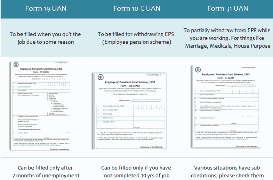
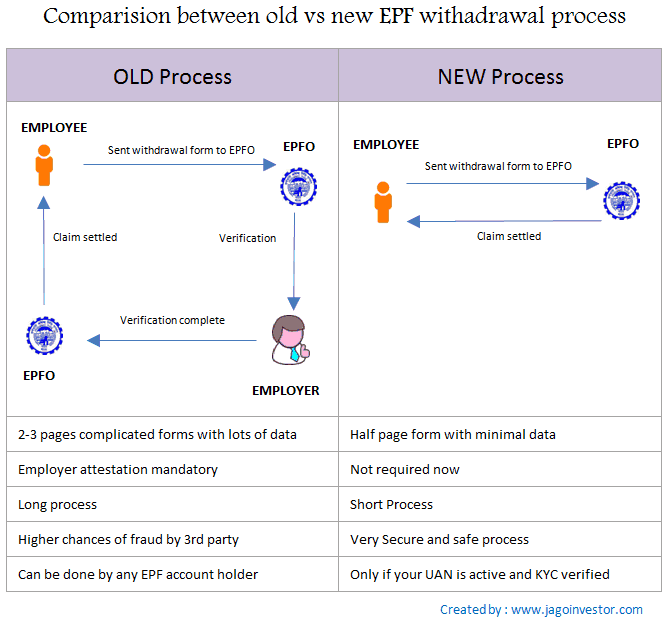
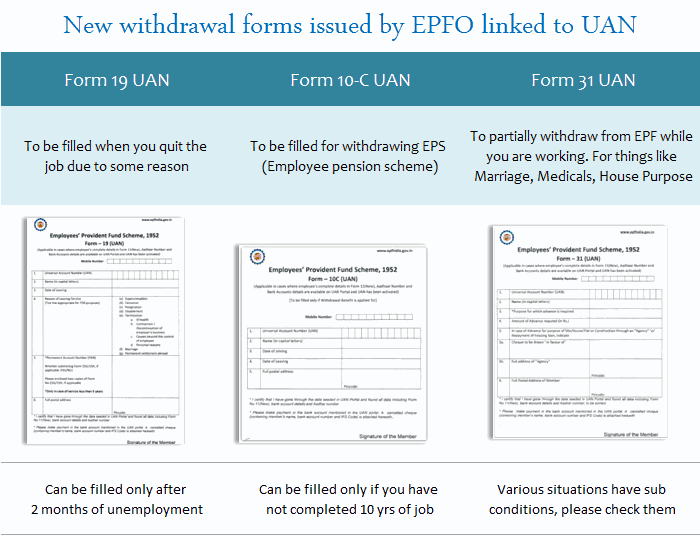
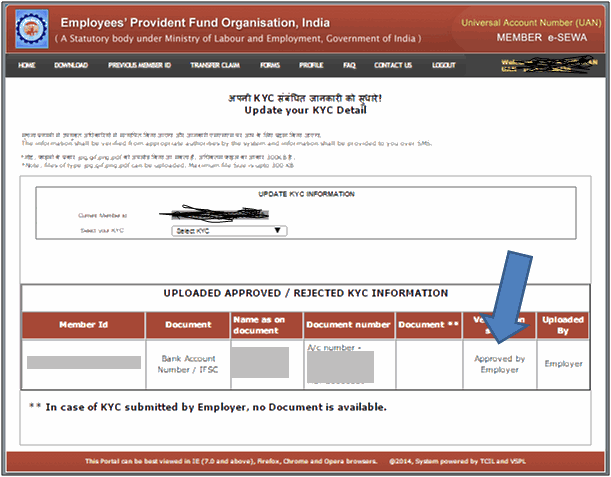
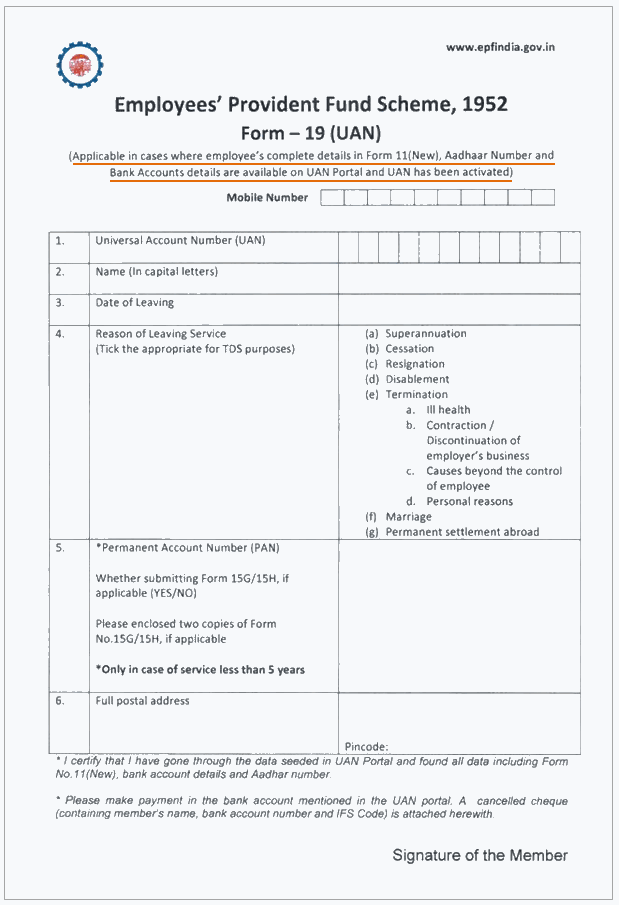
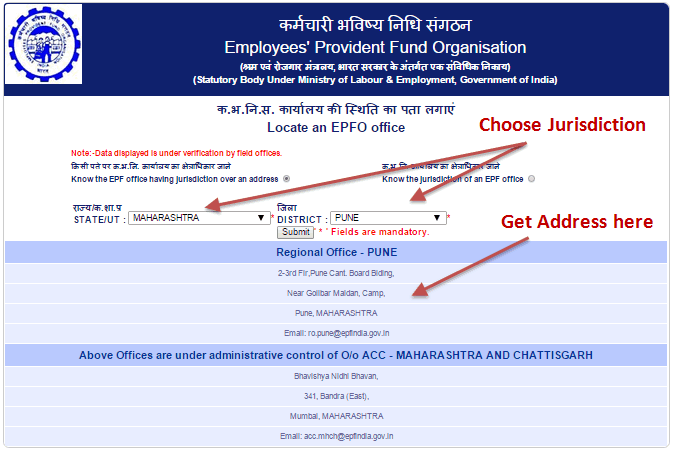
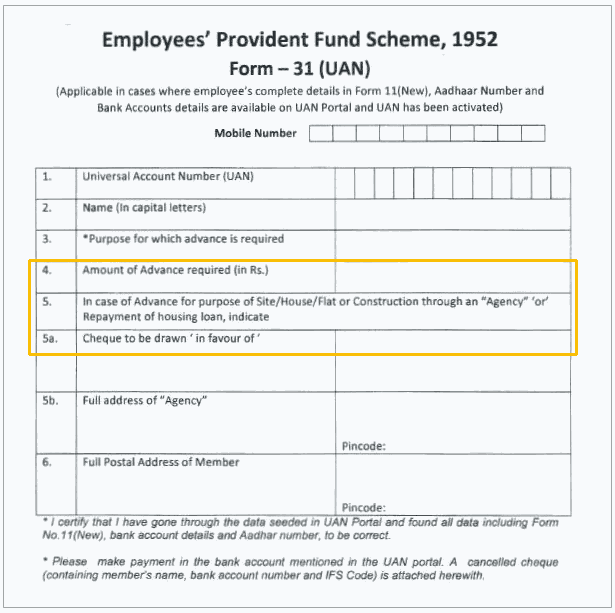
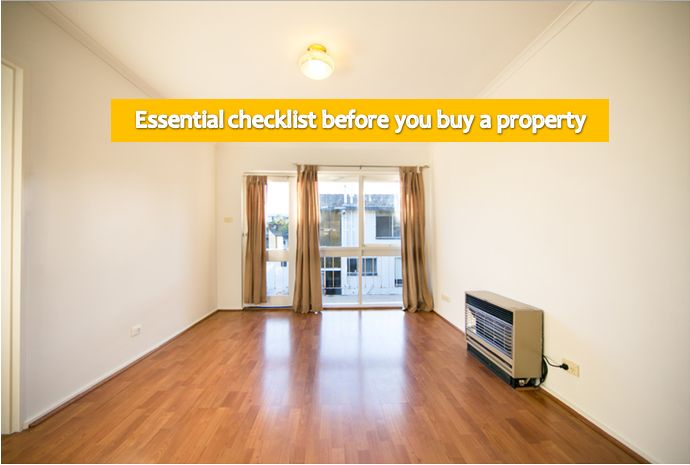
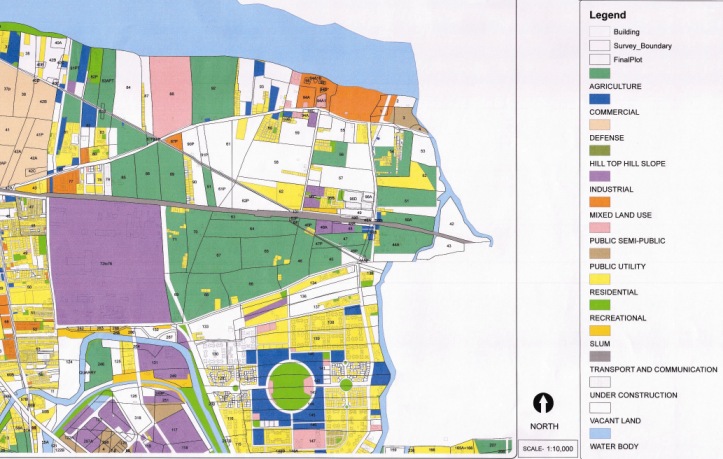
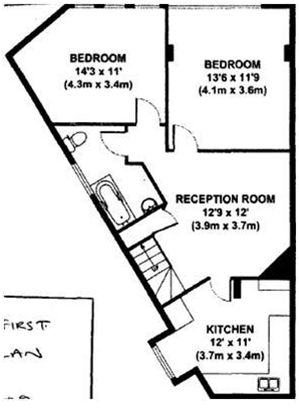 d) Vaastu compliance – Many buyers are stringent about Vaastu compliance of the flat – whether it is east facing or west facing, whether or not the entry is in south etc. This is again a subjective factor with opinions varying from buyers to buyers.
d) Vaastu compliance – Many buyers are stringent about Vaastu compliance of the flat – whether it is east facing or west facing, whether or not the entry is in south etc. This is again a subjective factor with opinions varying from buyers to buyers.